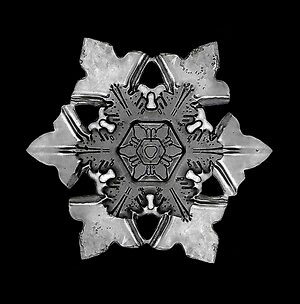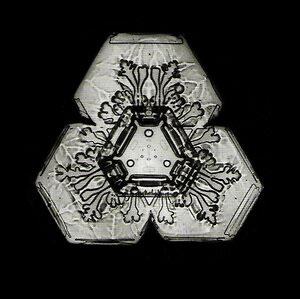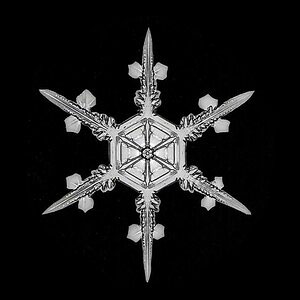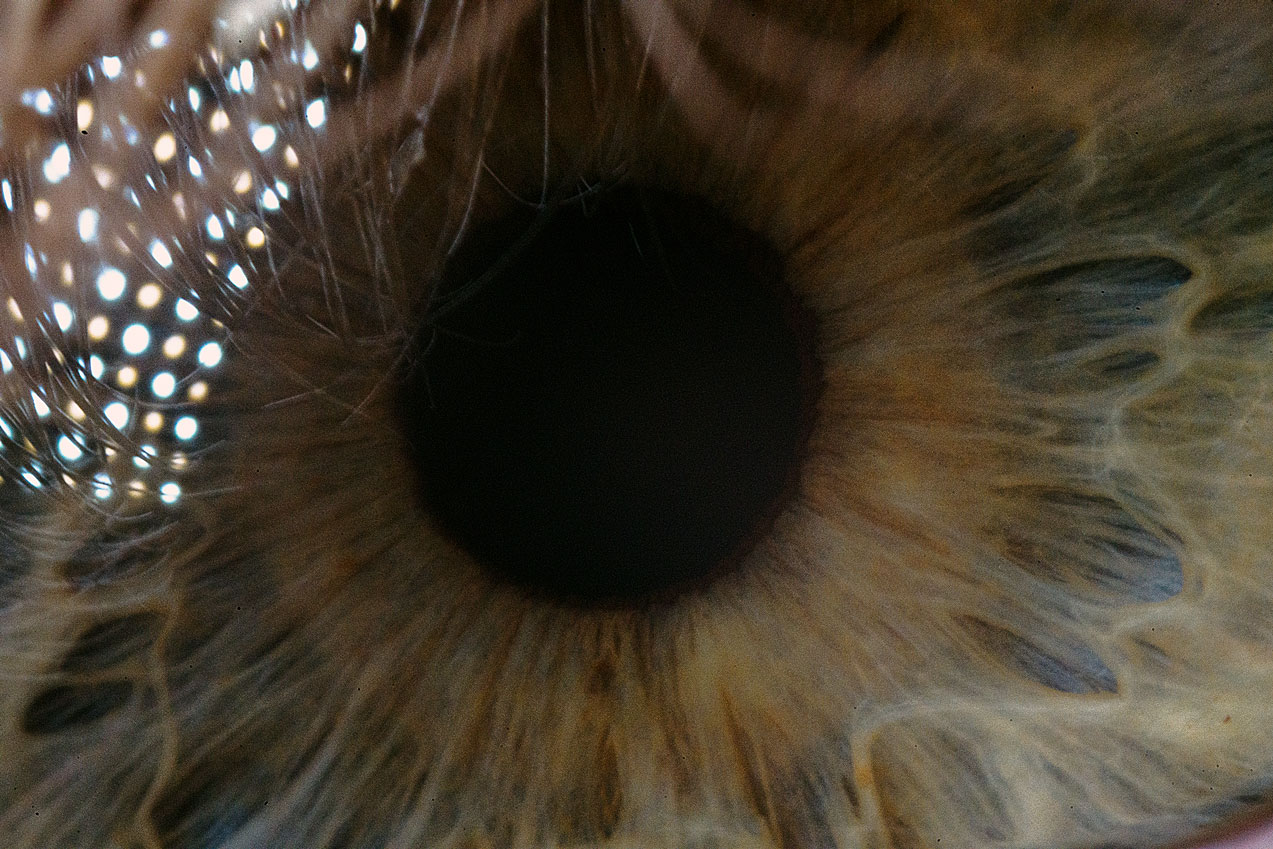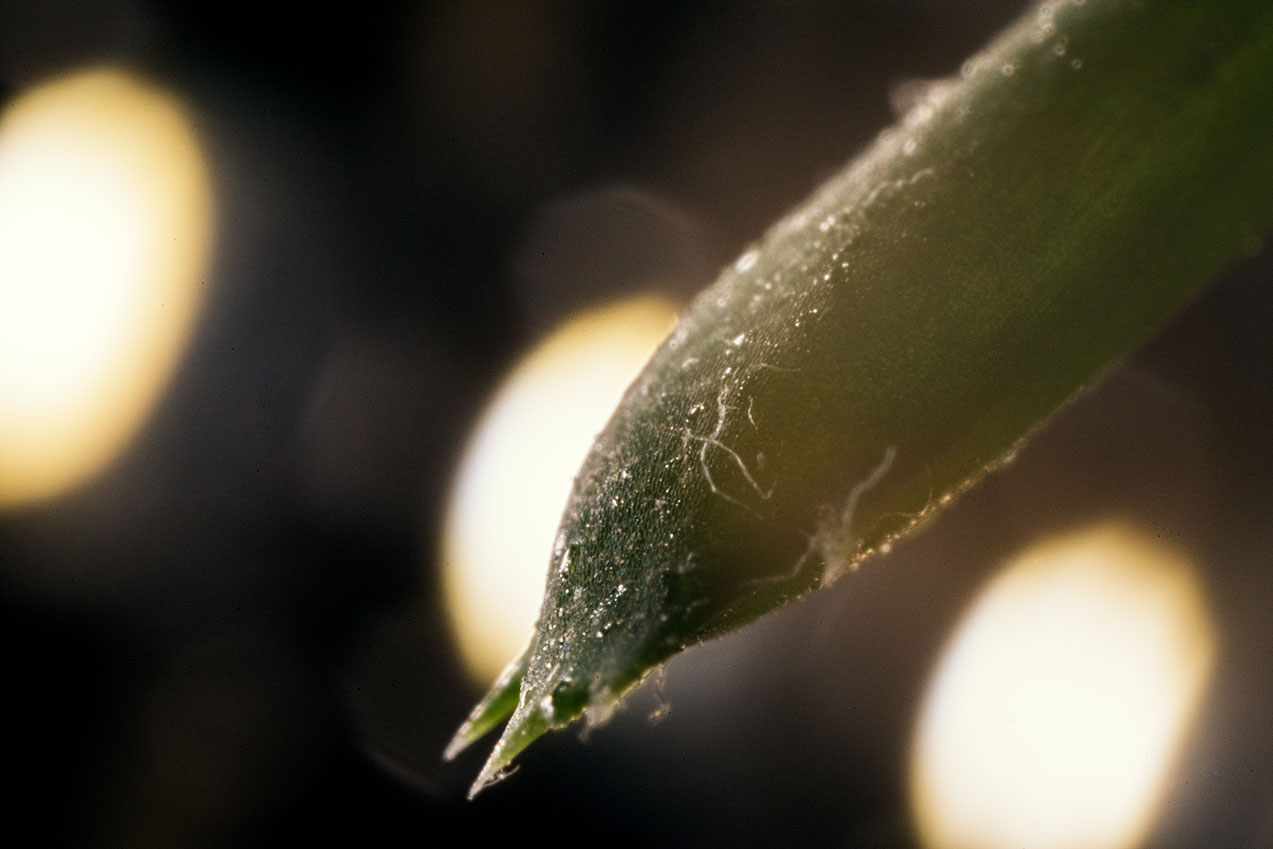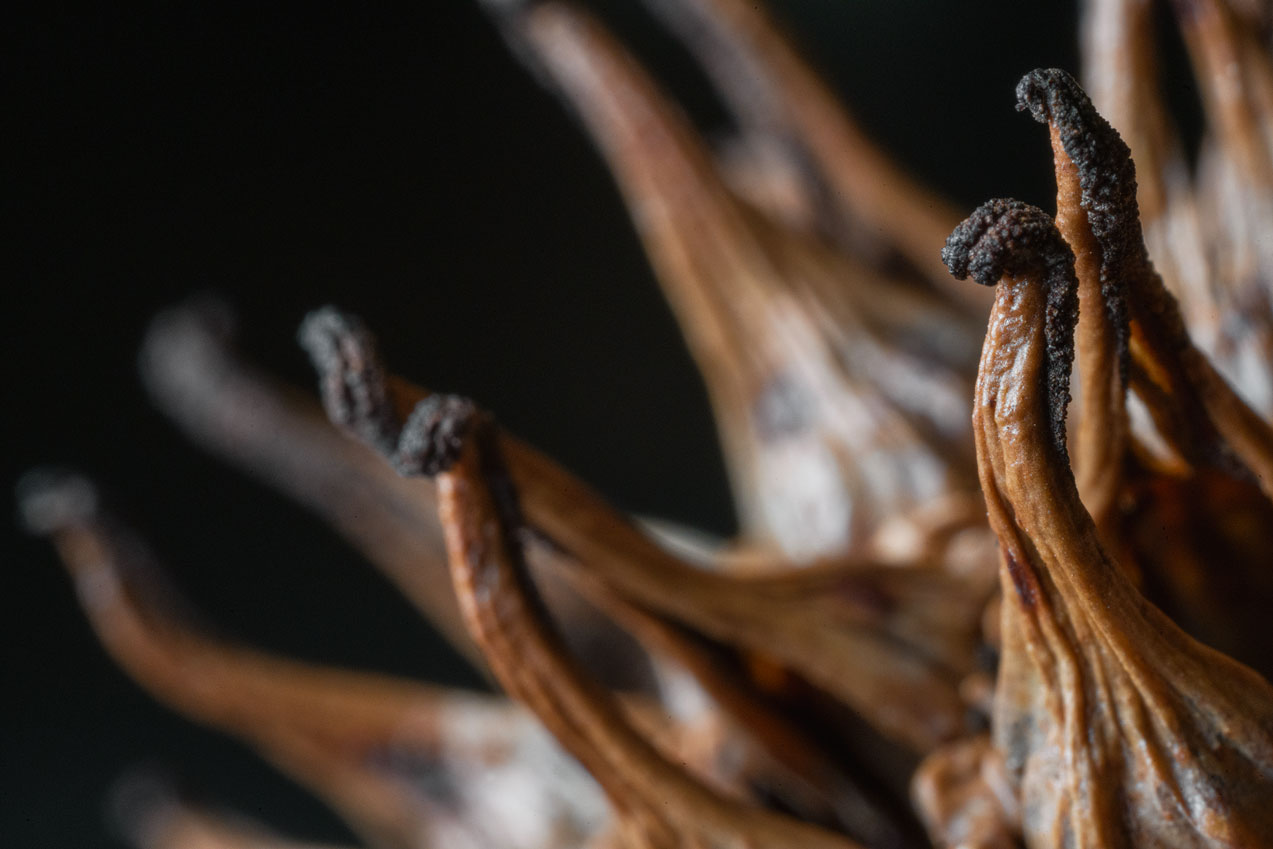Macro Photography
Exploring tiny worlds.
Back in February, Kate and I went for a walk at a nearby park to get out of the house for a little bit. We were excited to find the normal walking trail had pages of a kids book set up on signs along the path. Every several feet you could stop and take in nature while reading a page or two of the story. The book (Snowflake Bentley ) was an illustrated biography of Wilson Bentley, the man who is responsible for a lot of what we know about snowflakes and how they form. It goes into some detail about where his passion came from, the massive camera Wilson used, as well as showing off several of the beautiful snowflake photos he had taken over his lifetime. Besides being a nice addition to our walk, this book awoke my curiosity on macro photography.
Macro photography is something I’ve played around with for a while. I have access to a couple beautiful 1:1 macro lenses at my work and a couple adapters at home for some of my lenses. But, Snowflake Bentley got me wondering, “what can I do to step up my macro photo work?”
My first thought was to look into microscope lenses and see how hard it is to attach one to a DSLR. Good quality microscopes are fairly affordable and the lenses are cheaper than those you typically find for cameras. Obviously a microscope lens would be much more zoomed in than a camera lens, but I’m interested in an extreme in this case.
After some research, I came to the conclusion that attaching a camera directly to a specialized microscope is the easiest means of using a microscope lens on a DSLR. TL;DR, since the lenses aren’t made for DSLRs the length the lens needs to be from the sensor can vary greatly, so you would have to make a specific mount per lens. On top of this, I was looking for something a little more mobile. I wanted something that I could take out into the field without the need of an external power supply.
Next step was to look at lenses. Surely we’ve developed some crazy lenses that go beyond the 1:1 scale, right? The short answer is; yes. The long answer can be found on B&H’s website as they have a wonderful post going over some fun modern macro lenses. What was fun for me was looking into each of these lenses and seeing what pros and cons they had and how well they aligned with my goals. I wanted something that wasn’t too bulky, had multiple features, and didn’t break the bank. The answer came in the form of the Laowa 25mm f/2.8 2.5-5X macro lens.

For around $400, this lens is incredible! You get a 2.5:1 to 5:1 magnification with surprisingly clear lens quality. I will say it’s not without its kinks though. The first and most notable being: you can only shoot super close up. If what you’re trying to photograph isn’t around 1.5inches from the lens, it’s just going to be a blur. Second, there is no focus control. If you want your image to be sharp you need to manually move your camera closer or further from your subject. Finally, as with most macro lenses, you need a lot of light. With a manual f stop control of 2.8 to 16 built into the lens, you’re going to need some kind of light even on the sunniest of days. But, if these factors don’t detour you, and you’re looking for a new way to photograph things, you can get some incredible shots like these:
I can’t wait to play around with this set up more and explore what else the world has to offer on a macto level. My next plan of action is to start playing around with focus stacking so I can add more depth to my images. Hopefully I’ll have mastered this set up by the time we get our next snow fall I can join in on photographing snowflakes!
